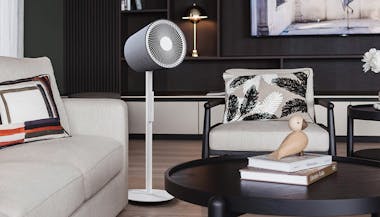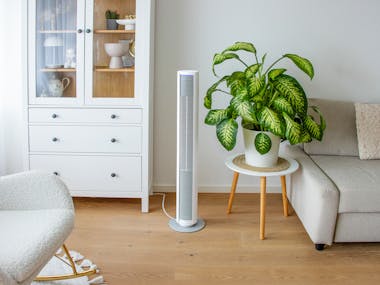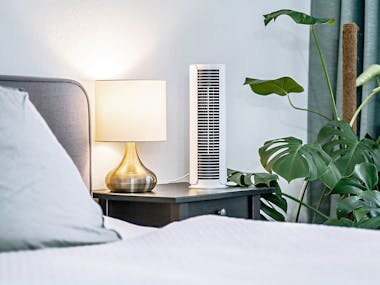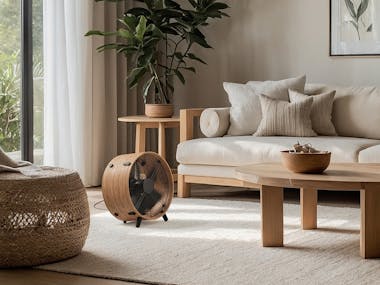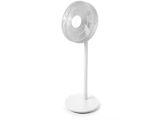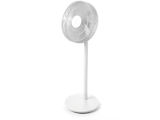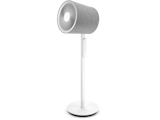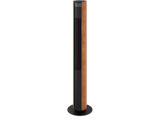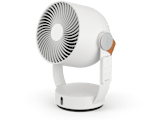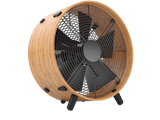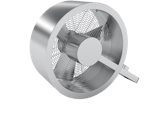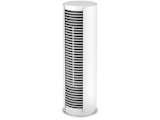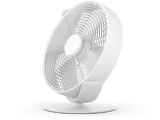2. Ventilatoren
Ein Ventilator sorgt durch Luftzirkulation für eine angenehme Abkühlung an heissen Tagen zuhause oder im Büro – finde jetzt den passenden Ventilator von Stadler Form.
CHF 109.00
Quietly provides cooling with swing function
Automatic switch-off thanks to 1–8 h timer
CHF 139.00
Indoors and outdoors: Cool down anytime and anywhere
Up to 7 h cordless battery operation
CHF 219.00
3D oscillation mode distributes refreshing air around the whole room
Impressive wind distance – provides refreshment over a range of up to 10 metres
CHF 150.00
Powerful performance with low energy consumption
Even distribution of the air flow thanks to the swing function
CHF 199.00
Powerful performance with low energy consumption
Even distribution of the air flow thanks to the swing function
CHF 219.00
Cover made of high-quality synthetic leather
Powerful performance with low energy consumption
CHF 90.00
3D oscillation mode for optimum distribution of the air flow
Wide range – wind distance of up to 8 meters
3. Ventilatoren
Ein Ventilator sorgt durch Luftzirkulation für eine angenehme Abkühlung an heissen Tagen zuhause oder im Büro – finde jetzt den passenden Ventilator von Stadler Form.
Standventilatoren
CHF 109.00
Quietly provides cooling with swing function
Automatic switch-off thanks to 1–8 h timer
CHF 139.00
Indoors and outdoors: Cool down anytime and anywhere
Up to 7 h cordless battery operation
CHF 219.00
3D oscillation mode distributes refreshing air around the whole room
Impressive wind distance – provides refreshment over a range of up to 10 metres
Turmventilatoren
CHF 150.00
Powerful performance with low energy consumption
Even distribution of the air flow thanks to the swing function
CHF 199.00
Powerful performance with low energy consumption
Even distribution of the air flow thanks to the swing function
CHF 219.00
Cover made of high-quality synthetic leather
Powerful performance with low energy consumption
Tischventilatoren
CHF 90.00
3D oscillation mode for optimum distribution of the air flow
Wide range – wind distance of up to 8 meters
CHF 79.00
Swing mode for uniform distribution of the air flow
Space-saving due to small footprint
3D-Ventilatoren
CHF 90.00
3D oscillation mode for optimum distribution of the air flow
Wide range – wind distance of up to 8 meters
CHF 219.00
3D oscillation mode distributes refreshing air around the whole room
Impressive wind distance – provides refreshment over a range of up to 10 metres
